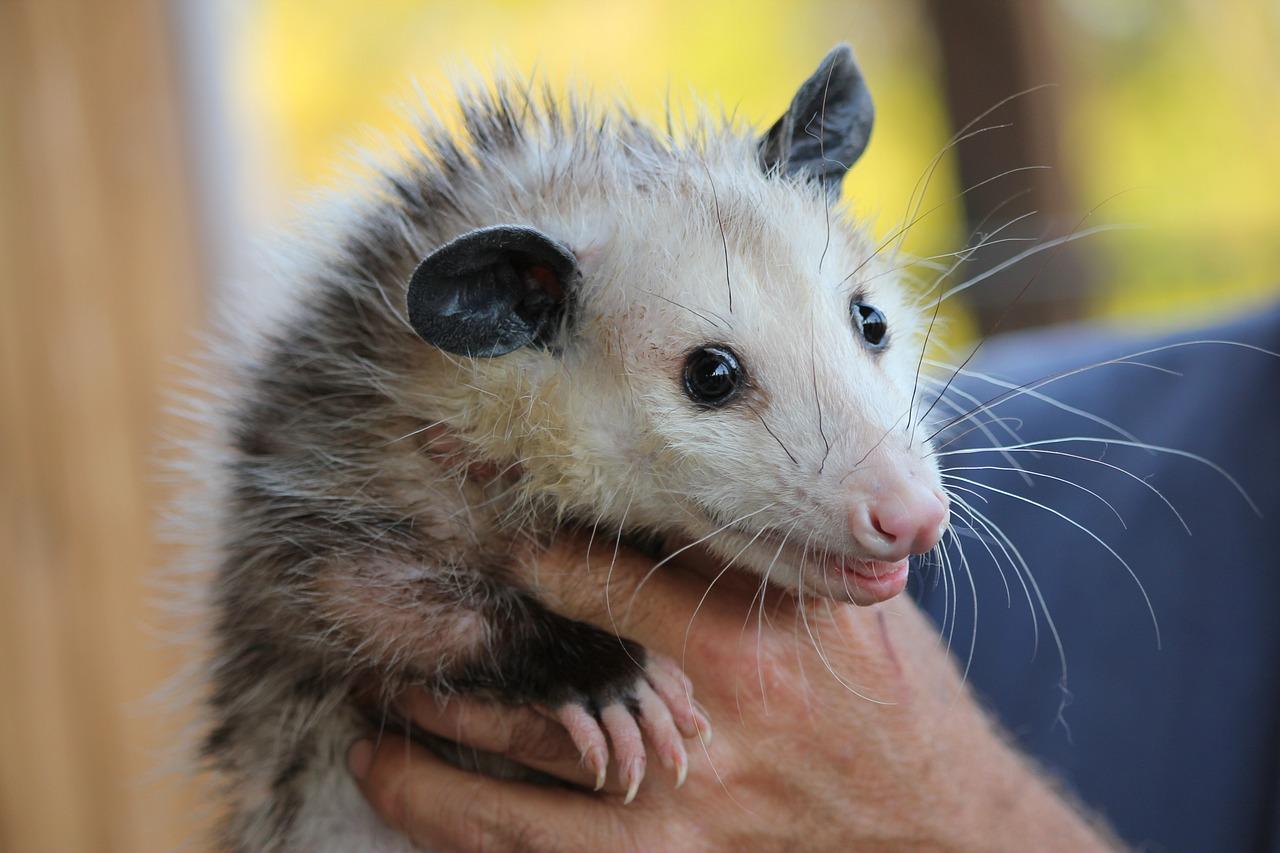Possums, also known as opossums, are fascinating marsupials with unique home-finding abilities. These nocturnal creatures are highly territorial and exhibit remarkable homing instincts that enable them to return to familiar territory even after being displaced. Let’s delve into the captivating tale of possum homing behavior.

Image: gcelt.org
Possums establish home ranges that encompass their food sources, shelter, and familiar surroundings. They are solitary animals that typically remain within these well-defined territories, avoiding unnecessary confrontations with conspecifics. However, when faced with relocation or displacement, possums display an uncanny ability to find their way back home.
The exact distance a possum may travel to return home remains a subject of ongoing research, as it can vary depending on factors such as terrain, landmarks, and individual characteristics. Nonetheless, studies have documented remarkable feats of homing prowess. One possum was found to have traveled approximately 1.2 miles (2 kilometers) to return to its home after being released 16 miles (25 kilometers) away.
How Do Possums Navigate?
Scientists believe that possums possess a combination of navigational cues that aid their homing instincts. These cues include:
Olfaction: Possums have a highly developed sense of smell, which they use to identify familiar scents and create an olfactory map of their environment. They leave scent marks around their territory to establish boundaries and facilitate navigation.
Landmark Recognition: Possums are adept at recognizing and memorizing landmarks within their home range. These landmarks serve as visual cues that help them orient themselves and determine the direction back home.
Magnetoreception: Some researchers suggest that possums may possess magnetoreception, the ability to detect the Earth’s magnetic field. This innate compass-like sense could provide them with directional information during navigation.
Path Integration: Possums may also employ path integration, a process of keeping track of their movements through dead reckoning. This involves estimating the distance and direction traveled from a starting point to determine their current position relative to home.
Factors Affecting Homing Success
Several factors can influence a possum’s ability to successfully return home, including:
Distance: The chances of a possum successfully navigating back to its home territory decrease as the distance from their release point increases.
Terrain: The type of terrain can impact the difficulty of navigation. Possums may encounter obstacles such as rivers, roads, or dense vegetation that hinder their progress.
Landmarks: The absence of clear and recognizable landmarks can make it more challenging for possums to orient themselves and find their way home.
Individual Variation: Some possums may have innate homing abilities that surpass others, and certain individuals may have learned navigation skills through experience.

Image: www.pinterest.com
How Far Will A Possum Travel To Return Home
Implications for Possum Conservation
Understanding possum homing behavior has important implications for conservation efforts. It highlights the importance of limiting displacement or relocation of these animals, as it can disrupt their home ranges and compromise their survival. Additionally, maintaining natural habitats with abundant landmarks can support possum navigation and overall well-being.
In conclusion, possums possess remarkable homing instincts that enable them to return to familiar territory even after being displaced. Their navigational abilities rely on a combination of olfactory cues, landmark recognition, magnetoreception, and path integration. Understanding possum homing behavior is crucial for both conservation practices and appreciating the fascinating natural history of these unique creatures.